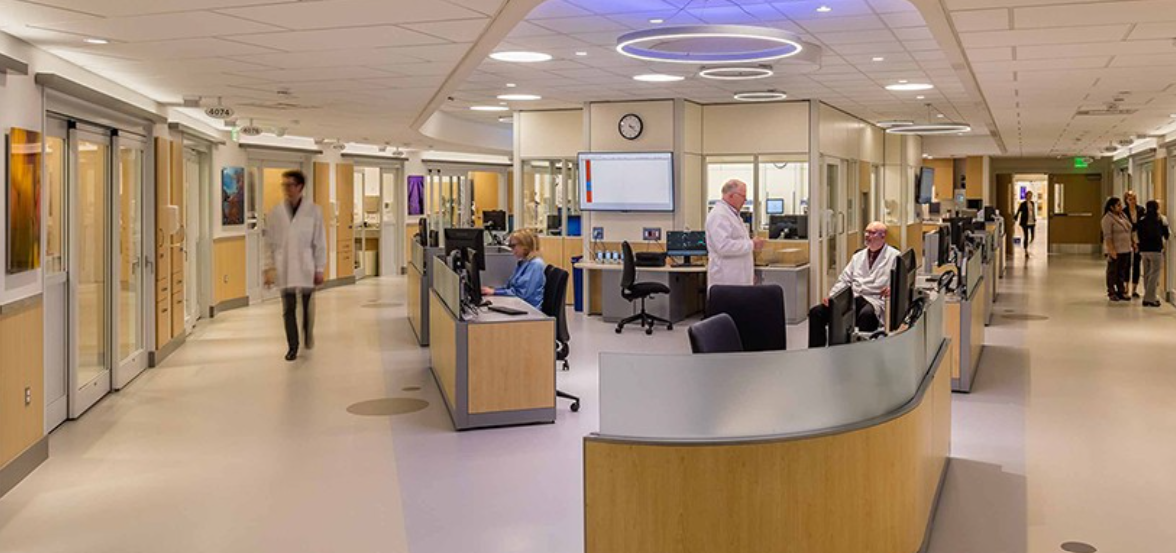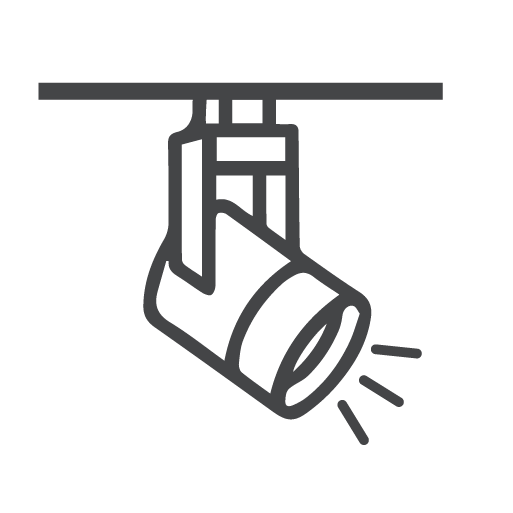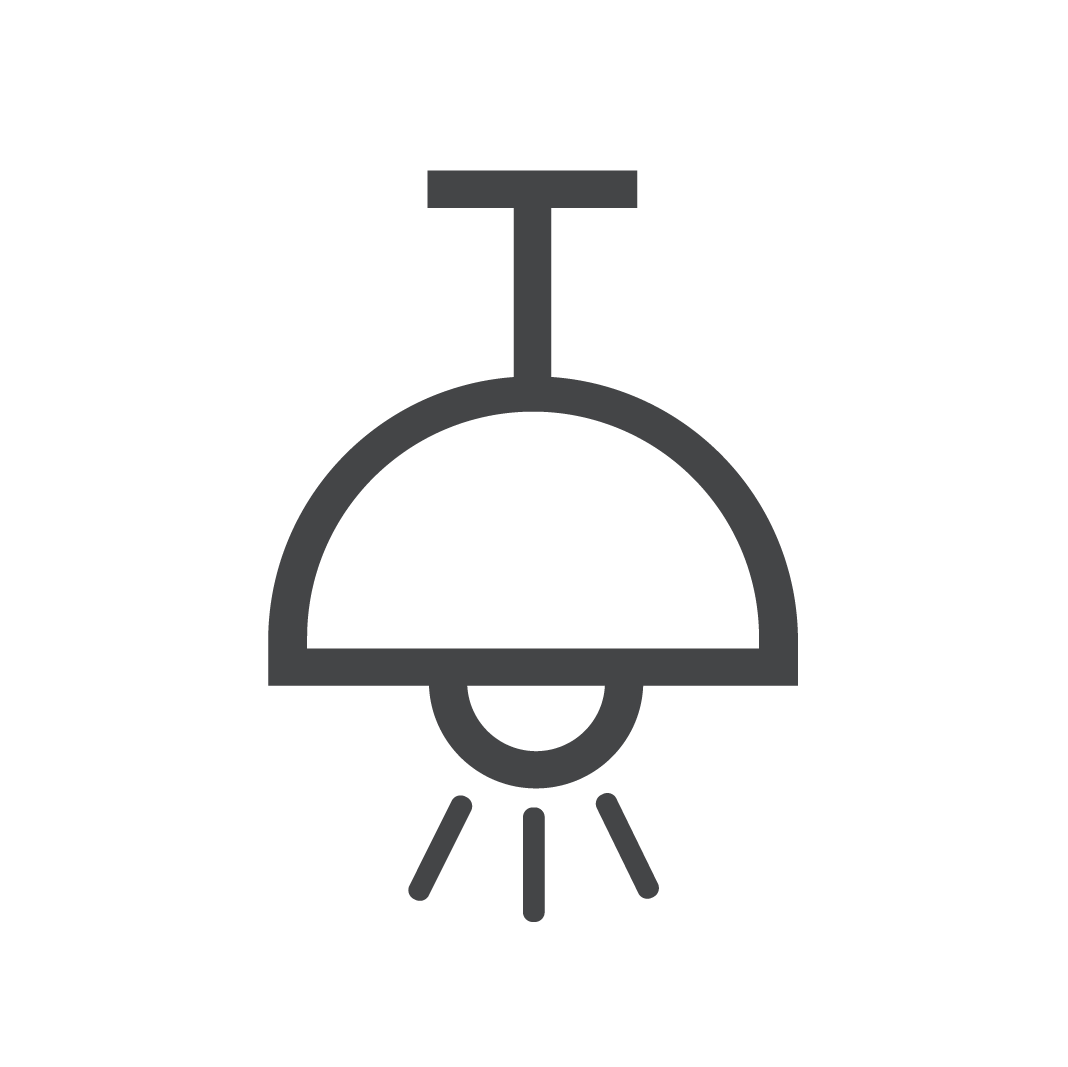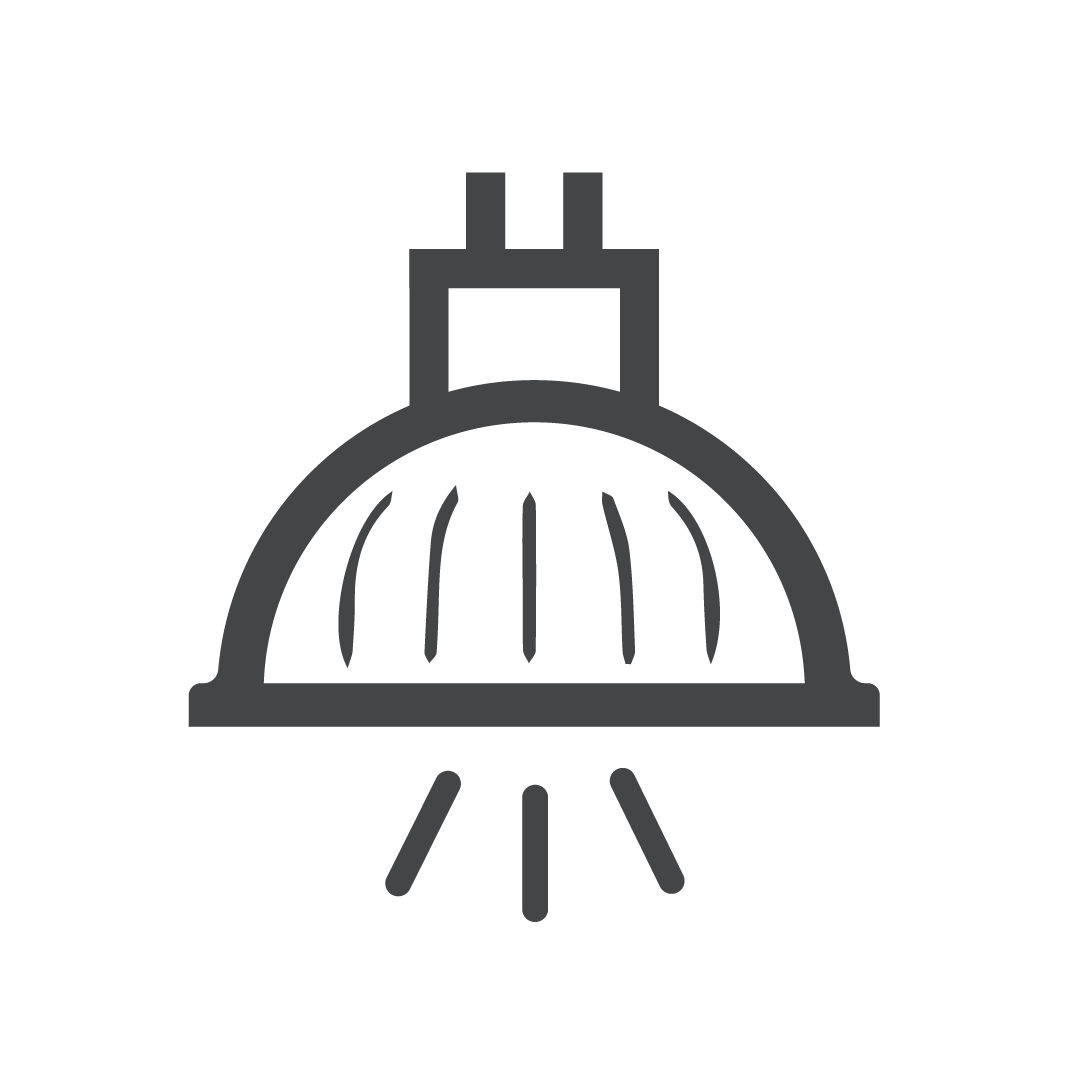We Are Going Places and
You’re Welcome to Join Us!

The study prominently adds to the prolonged discussion on how lighting, when done thoughtfully and efficiently, has profound effects on one’s overall well-being.
The experiment included two long-term care facilities being fitted with LED lighting that changes in intensity and spectrum (color temperature). The intensity is controlled by increasing short-wavelength blue light exposure during the day (6 a.m. to 6 p.m.) and decreasing it overnight (6 p.m. to 6 a.m.). To establish a contrast, two other control facilities were made to keep their standard static lighting without changing the intensity or spectrum during the day.
The researchers then assessed the impact of respective lighting on the alertness, visual acuity, and sleep of residents living in these two pairs of facilities and its potential influence on their fall rate. The fall rate was tracked using medical records of approximately 24 months.
The findings reveal that prior to this lighting upgrade, the falls rates were the same between the experimental (long-term) and control facilities. However, as the study got concluded, it was noted that the falls drastically dropped by 43% at the experimental sites as compared to the control sites due to the shift to dynamic lighting.
Expert Insights: An Inexpensive Way to Reduce Falls
One of the leading causes of injury-related death in adults aged 65 and older in the US is falling. Not only that, but the economic impact of such accidents is also huge, with fatal falls estimated to cost around $754 million and non-fatal falls around $50 billion annually. This research shows that higher intensity, blue-hued light exposure during the day can significantly improve cognition and alertness in a person while facilitating sleep, resulting in fewer falls.
According to Rodney Heller, President of MLI and partner at Energy Performance Lighting, "We believe that utilizing modern lighting technology to regularize circadian rhythm could have an enormous impact on a range of health-related outcomes, and we plan to continue our research across other healthcare settings and into specific therapeutic areas."
While standard fall prevention programs tend to be more time-intensive and provide modest results, a switch to solid-state (LED) lighting — which also offers superior energy efficiency — can be implemented with little active effort by users and is relatively inexpensive, and hence, can be a great solution to help reduce the consequences of poor lighting on health and safety of residents. It might just be what we need to reduce fall rates in the US now!
Information Source:







